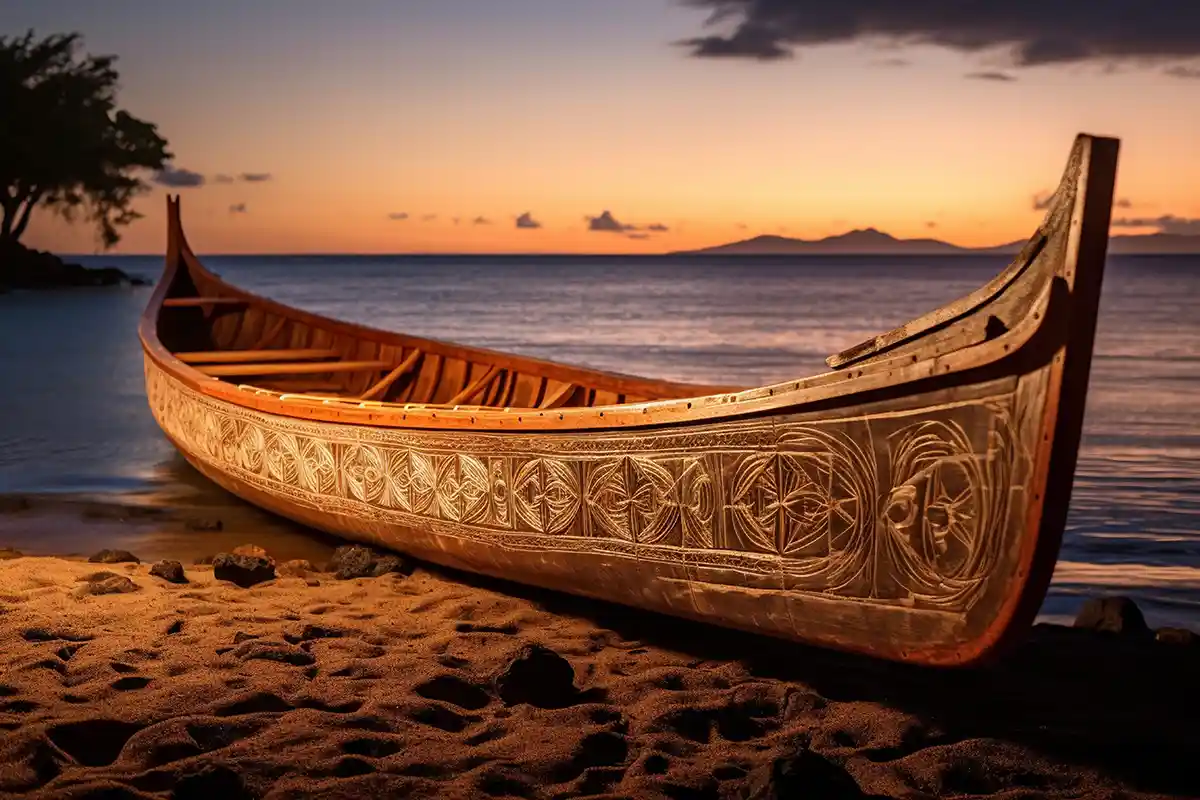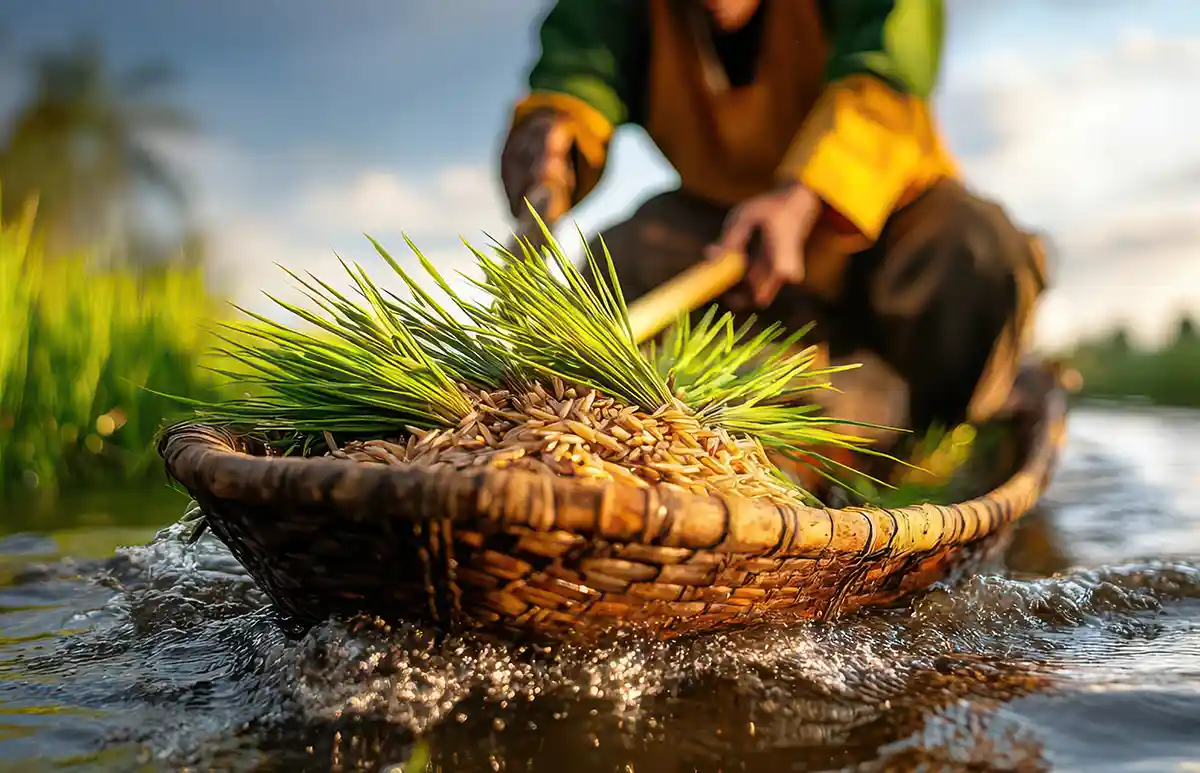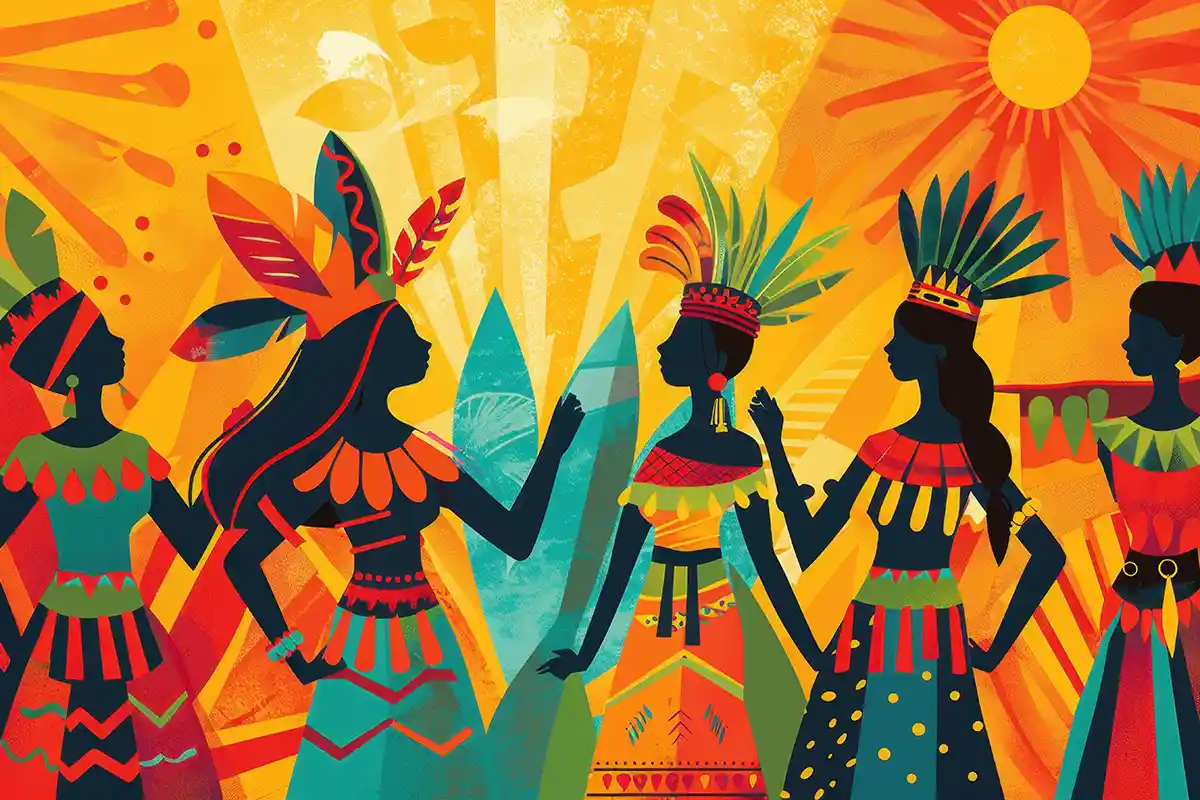Signature Collections: Land Back and Reclamation
Building the Future: Indigenous-Led Land Back Success Stories
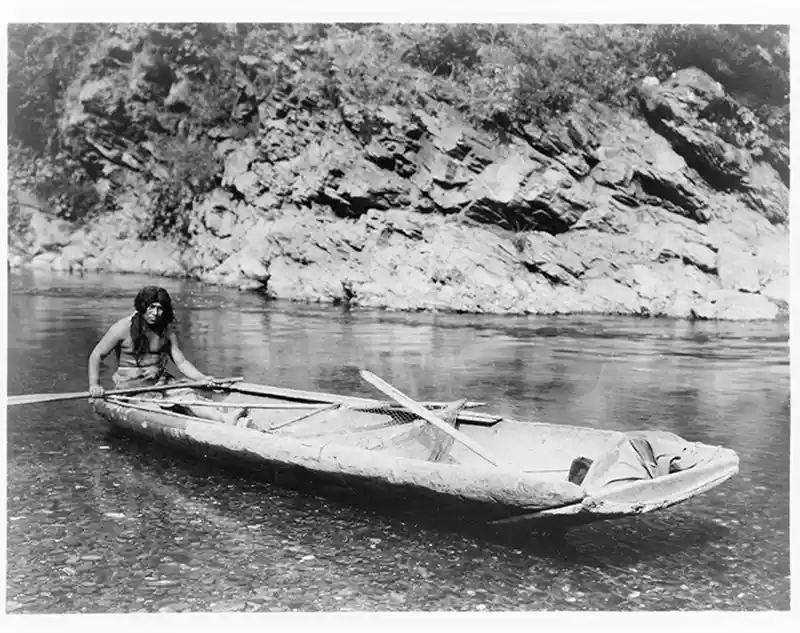
Yurok canoe on Trinity River, c1923, Curtis, Edward S., 1868-1952
April 15, 2025
Building the Future: Indigenous-Led Land Back Success Stories (part 4 of 4)
The Land Back movement is more than a political demand—it is the restoration of language, culture, and Indigenous governance. When land is returned, it becomes the foundation for revitalization.
Introduction: More Than Land—A Future for Language & Culture
The Land Back movement is often framed as a political demand for returning land to Indigenous nations. But what happens when land is actually returned? What does sovereignty look like in practice? The answer is clear: it creates opportunities for language revitalization, cultural resurgence, and Indigenous-led governance.
Across North America, tribal nations are not only reclaiming their land but using it as a foundation for language and culture-based education. This article highlights success stories of Indigenous nations that have reclaimed land and used it to build language immersion schools, restore traditional governance, and preserve cultural knowledge.
Success Stories of Land Back in Action

Portrait of Young Eagle, a Ho-Chunk man also called Chack-Scheb-Nee-Neik-Ah, c1904, h.h.bennett
The Winnebago Tribe (Nebraska) – Building a Language-Rich Future
In 2004, the Winnebago Tribe of Nebraska set out to redefine education for their children by integrating the Ho-Chunk language and culture into early learning. Using land they had regained through economic and governance initiatives, they built Educare Winnebago, an early childhood center where children learn in a Ho-Chunk language environment from infancy.
Why It Matters:
- The Ho-Chunk language is endangered, with fewer than 250 fluent speakers remaining.
- Educare Winnebago creates language immersion from infancy, giving young children a solid foundation in their heritage language.
- The school is not just about language—it integrates cultural practices, family involvement, and tribal sovereignty in education.
- Elders and fluent speakers work with children daily, ensuring that oral traditions, songs, and ceremonies are passed down.
“We are giving our children a head start—not just in education, but in their identity as Ho-Chunk people.” – Educare Winnebago Leader
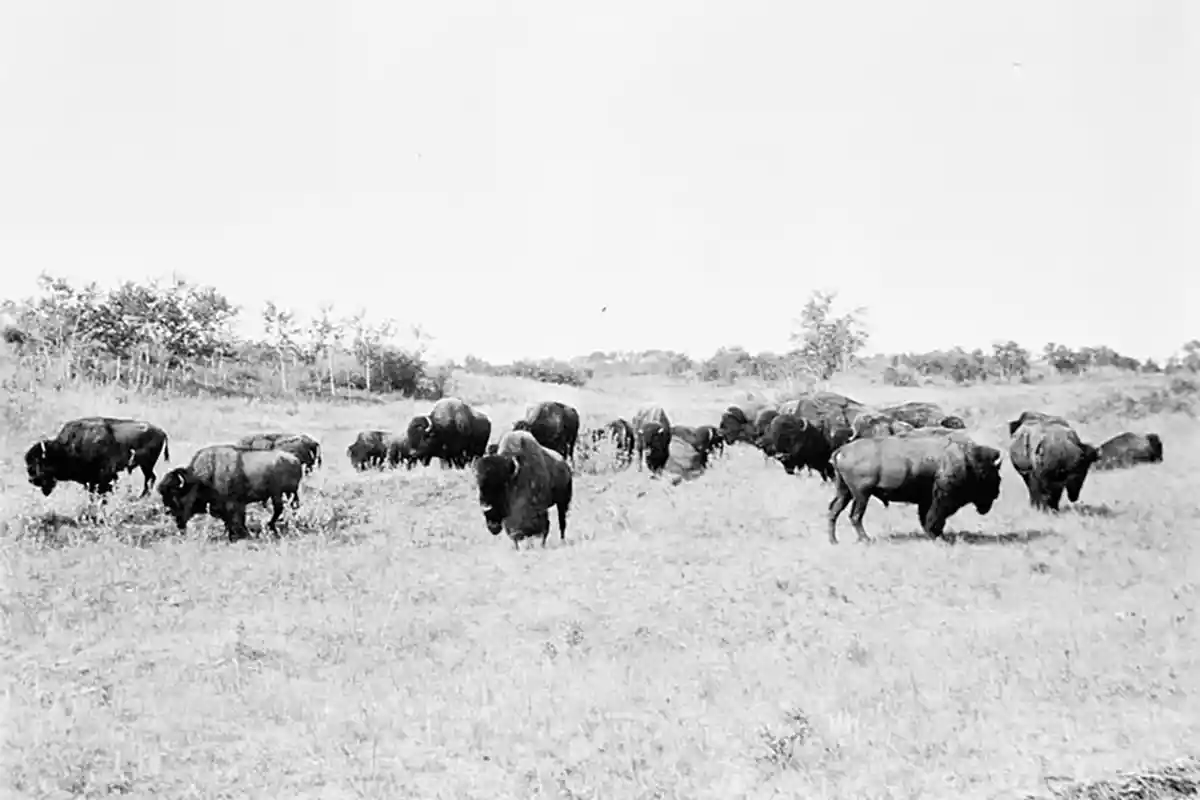
A herd of buffalo, c1900-1910, location unknown, Woodruff, John, 1859-1917
The Confederated Salish and Kootenai Tribes (Montana) – Restoring the National Bison Range
In 2020, the Confederated Salish and Kootenai Tribes (CSKT) achieved a historic victory when they reclaimed full management of the National Bison Range—a federally controlled wildlife refuge that was originally tribal land.
For over a century, the U.S. government managed the 18,800-acre bison range, despite the fact that the Salish, Kootenai, and Pend d'Oreille people had cared for bison since time immemorial. After years of advocacy, the U.S. Congress passed legislation restoring tribal control, making CSKT the first tribal nation to regain full sovereignty over a federal wildlife refuge.
Why It Matters:
- The return of the Bison Range is a victory for both land and language. Tribal schools now use the land to teach students about bison conservation in their Indigenous languages.
- CSKT now oversee land management, conservation, and education programs, ensuring that language and culture are embedded in environmental stewardship.
- It is a model for other tribes seeking to reclaim conservation areas and merge traditional knowledge with modern land management.
“The return of this land means we can teach our children about our language, our culture, and our responsibilities as stewards of the buffalo.” – CSKT Council Member

A yurok man in his canoe on the Trinity River, c1923, Curtis, Edward S., 1868-1952
The Yurok Tribe (California) – Reclaiming Redwoods & Revitalizing Language
For decades, the Yurok Tribe has fought to regain stewardship over their ancestral lands in Northern California. Through negotiations with state and federal agencies, the tribe has successfully reclaimed 50,000 acres of redwood forest and river ecosystems.
Their efforts have focused on restoring salmon populations, protecting sacred sites, and revitalizing the Yurok language.
Why It Matters:
- The Yurok Tribe has launched language immersion programs that integrate traditional ecological knowledge.
- Students learn the Yurok language while engaging in land-based education, including fishing, basket weaving, and river restoration projects.
- Place-based learning strengthens cultural identity while promoting language fluency in real-world settings.
- By combining land restoration with language revitalization, the Yurok Tribe is creating a sustainable future for both their environment and their language.
“Our land and language are one. If we lose one, we lose the other. This is why we fight for both.” – Yurok Elder
Impact: How Land Back Strengthens Language Revitalization
The return of Indigenous lands is not just about legal ownership—it is about creating spaces where Indigenous languages can thrive. When tribes regain sovereignty, they have the power to:
- Establish language immersion programs in culturally significant places
- Restore traditional place names, reinforcing linguistic sovereignty
- Strengthen language transmission by integrating Indigenous languages into governance, conservation, and education
- Reconnect youth with their heritage languages in land-based learning environments
Each of these success stories shows how Land Back is about more than land—it’s about rebuilding language, culture, and Indigenous governance.

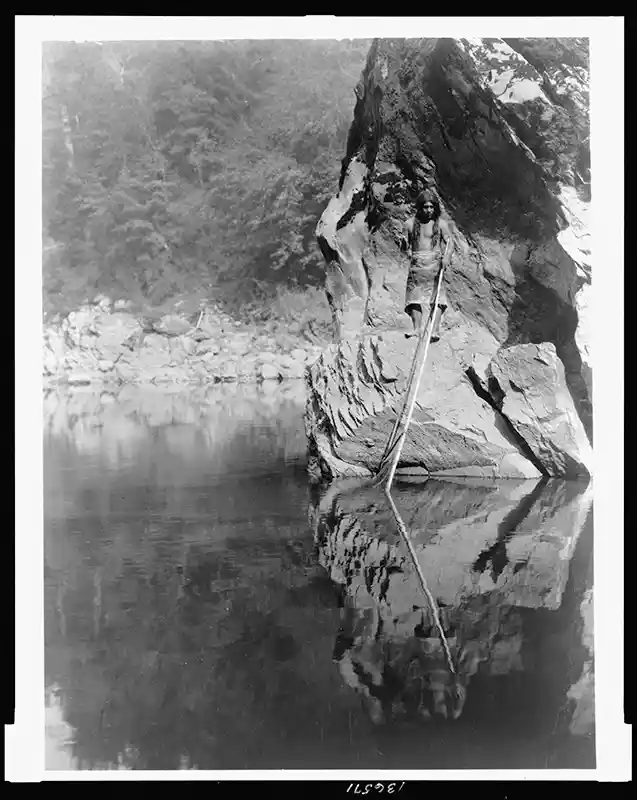
Challenges & Lessons Learned
While these victories are inspiring, they do not come without challenges. Some key lessons from these Land Back initiatives include:
- Legal & Political Barriers – Many Land Back efforts require years of negotiation, policy changes, and legal battles.
- Community-Led Planning – Successful land reclamation projects center the needs of Indigenous nations first rather than relying on government-led solutions.
- Funding & Sustainability – Land reclamation is just the beginning—sustaining these efforts requires long-term investment in language and cultural programs.
Despite these challenges, these stories prove that Indigenous communities are leading the way in showing how Land Back strengthens language revitalization.
Conclusion: A Roadmap for the Future
The Land Back movement is happening now, and it is reshaping the future of Indigenous languages. These success stories from the Winnebago, Salish-Kootenai, and Yurok Nations prove that when land is returned, Indigenous nations use it to rebuild culture, sovereignty, and language.
The path forward requires:
- More legal victories to transfer land ownership to Indigenous nations
- More investment in language immersion schools & cultural programs
- More support for Indigenous governance over natural resources
Land is the foundation of language and culture. The more land Indigenous nations reclaim, the stronger their languages will grow.
Call to Action: Support Land Back & Language Revitalization
How can we support Indigenous sovereignty and language revitalization?
- ✔ Learn about local Land Back efforts and advocate for Indigenous governance
- ✔ Support language immersion programs and Indigenous education initiatives
- ✔ Share these success stories to highlight Indigenous leadership in land and language restoration
💬 Have you seen Land Back efforts in action? What do you think about the connection between land and language? Share your thoughts below!
Final Thoughts & Next Steps
This is the final article in the series, but the conversation must continue. The Land Back movement is reshaping Indigenous sovereignty, language, and culture, and we all have a role in supporting these efforts.
Let’s keep talking, sharing, and pushing for real change. 🚀
📚 References
-
National Congress of American Indians.
"Tribal Nations and the United States: An Introduction."
https://www.ncai.org/ -
Native Americans in Philanthropy.
"Language and Learning Resource Guide for Non-Indigenous People."
NativePhilanthropy.org, 2022, https://language.nativephilanthropy.org/. (You will be required to provide contact information) -
UNESCO.
"International Decade of Indigenous Languages 2022–2032."
UNESCO, https://en.unesco.org/idil2022-2032 -
Educare Learning Network.
"Educare Winnebago"
EducareSchools.org, https://www.educareschools.org/school/educare-winnebago/ -
U.S. Fish and Wildlife Service.
"Restoration of the National Bison Range to the Confederated Salish and Kootenai Tribes."
FWS.gov, 2021, https://www.fws.gov/federal-register-file/national-bison-range-complex-moiese-mt-environmental-assessment-proposed -
Montana Public Radio.
"Native tribes celebrate Montana land ownership and bison range restoration"
MTPR.org, May 25, 2022, https://www.npr.org/2022/05/25/1100823011/native-tribes-celebrate-montana-land-ownership-and-bison-range-restoration -
Yurok Tribe.
"Yurok Language Program."
YurokTribe.org, https://www.yuroktribe.org/yurok-language-program -
First Nations Schools Association (FNSA)
"A Guide To Language Revitalization: Promising Education Practices 2023"
FirstNations.org, https://www.fnsa.ca/portfolio-items/a-guide-to-language-revitalization/ -
Reed, Kaitlin.
“We Are a Part of the Land and the Land Is Us: Settler Colonialism, Genocide & Healing in California.”
Humboldt Journal of Social Relations, no. 42, 2020, pp. 27–49. JSTOR, https://www.jstor.org/stable/26932594
Connect With Us
Follow our journey, share your thoughts, and participate in the conversation. Let's keep languages vibrant together.
Languages 4™ is more than a tool; it's a partner in the mission of preserving and revitalizing Indigenous languages. We invite you to reach out to us and explore how our platform can support your language teaching goals. [Join the Conversation 📩 Subscribe to our Newsletter ] and take a step towards sustaining the rich heritage of Indigenous languages.
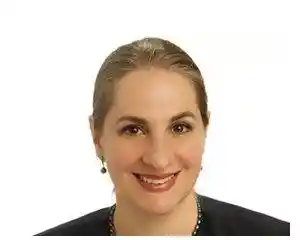
Lorelei O'Hagan
Director of Community Outreach, Languages 4
Ready to embark on this transformative linguistic journey? Dive in and experience the confluence of tradition and innovation as we reimagine the future of Indigenous language learning.
[Join the Conversation 📩 Subscribe to our Newsletter ]
